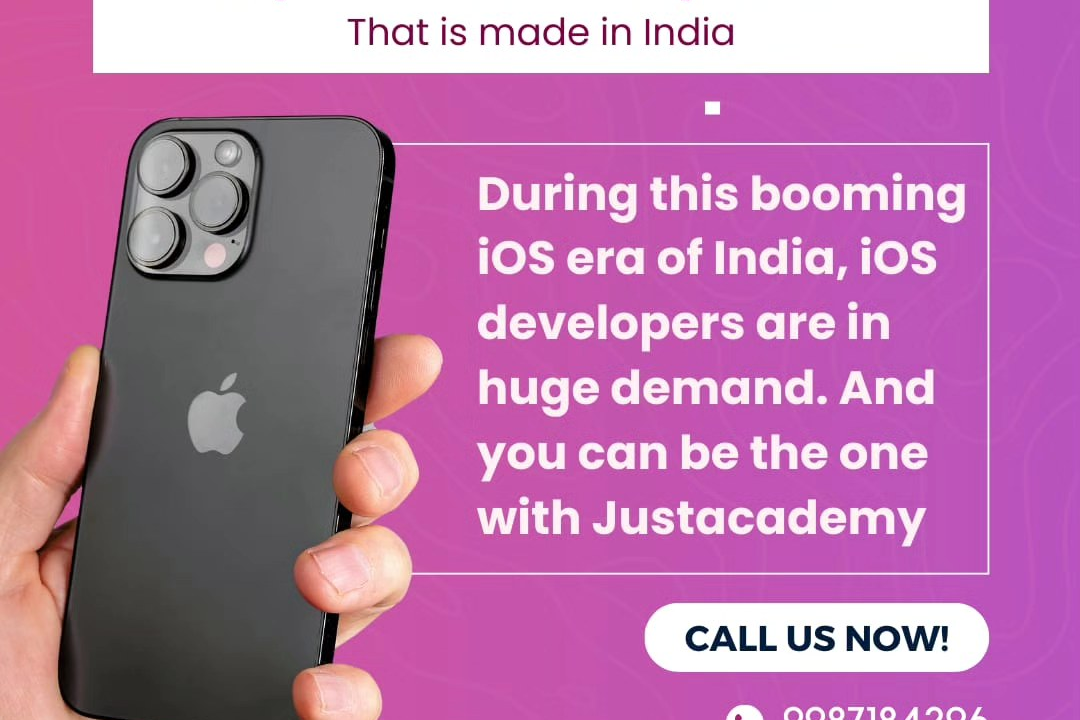iOS Development Trends and Innovations
Emerging Trends and Innovations in iOS Development
iOS Development Trends and Innovations
As of 2023, iOS development is experiencing a number of significant trends and innovations that are shaping the landscape of mobile applications. One of the key trends is the increasing adoption of Swift and SwiftUI, which facilitate modern, declarative UI programming and improve code maintainability and developer productivity. Additionally, there’s a growing emphasis on integrating machine learning capabilities directly into apps, amplified by frameworks like Core ML and Natural Language processing, enabling more personalized user experiences. The rise of cross-platform development tools, such as Flutter and React Native, is also notable, allowing for faster deployment across iOS and Android. Moreover, the focus on user privacy and data security continues to influence app design, with developers leveraging features introduced in recent iOS updates, such as App Tracking Transparency. Lastly, the expansion of augmented reality through ARKit is pushing the boundaries of how apps engage users, further enhancing immersive experiences in various domains like gaming, retail, and education.
To Download Our Brochure: https://www.justacademy.co/download-brochure-for-free
Message us for more information: +91 9987184296
1 - Swift Programming Language: Swift has become the primary language for iOS development, known for its safety features and performance. Understanding Swift's syntax and functionalities is crucial for modern iOS developers.
2) SwiftUI: Introduced by Apple, SwiftUI allows developers to build user interfaces declaratively. It simplifies UI development and supports dynamic and responsive layouts, making it a popular framework in the iOS ecosystem.
3) Combine Framework: Combine offers a unified approach for handling asynchronous events in Swift. It helps developers manage data streams and can improve app responsiveness significantly.
4) Augmented Reality (AR): ARKit enables developers to create immersive augmented reality experiences. With the growing popularity of AR applications, understanding how to implement AR features can be a competitive advantage.
5) Machine Learning (ML): Core ML allows developers to integrate machine learning models into iOS apps. Familiarity with ML concepts and tools can empower students to build intelligent applications that can interact with users in innovative ways.
6) App Clips: App Clips are lightweight versions of apps that provide specific functionality without requiring full app installation. This trend emphasizes the need for developers to create seamless experiences that are fast and easy to access.
7) Focus on Privacy: Apple is placing more emphasis on user privacy and data protection. Developers must stay informed about best practices for securing user data and comply with regulations, enhancing user trust.
8) Dark Mode: With the introduction of Dark Mode in iOS, developers need to understand how to design apps that adapt to different appearance settings, providing a better user experience and accessibility.
9) Cross Platform Development: Frameworks like Flutter and React Native are gaining popularity for cross platform app development. Understanding these frameworks can give students an edge in building apps that work on both iOS and Android.
10) Cloud Integration: Utilizing cloud services like Firebase and AWS will continue to rise. Training on integrating cloud functionalities such as storage, databases, and authentication can equip students with essential skills.
11) Internet of Things (IoT): Developing applications that communicate with IoT devices is becoming increasingly relevant. Understanding how to integrate and control smart devices can lead to innovative app solutions.
12) Widgets and App Extensions: With the growing use of widgets on the home screen and app extensions, developers must learn how to create engaging and functional widgets that enhance user experience.
13) Continuous Integration and Delivery (CI/CD): Implementing CI/CD practices helps automate the testing and deployment of applications. Teaching students these practices can improve development workflows and speed up release cycles.
14) Accessibility Features: Ensuring that apps are usable by everyone, including people with disabilities, is mandatory. Understanding accessibility best practices is essential for creating inclusive applications.
15) Game Development: With the rise in mobile gaming, understanding frameworks like SpriteKit and SceneKit allows developers to create high quality games for iOS devices, reflecting the growth potential in this market.
These topics can form a comprehensive training program that equips students with the knowledge and skills necessary for a successful career in iOS development.
Browse our course links : https://www.justacademy.co/all-courses
To Join our FREE DEMO Session: Click Here
Contact Us for more info:
java stack
Java software development methodologies mumbai
java courses in bangalore fees
Best Software Testing Training Institute In Delhi Ncr
Best Institute For Software Testing In Indore











